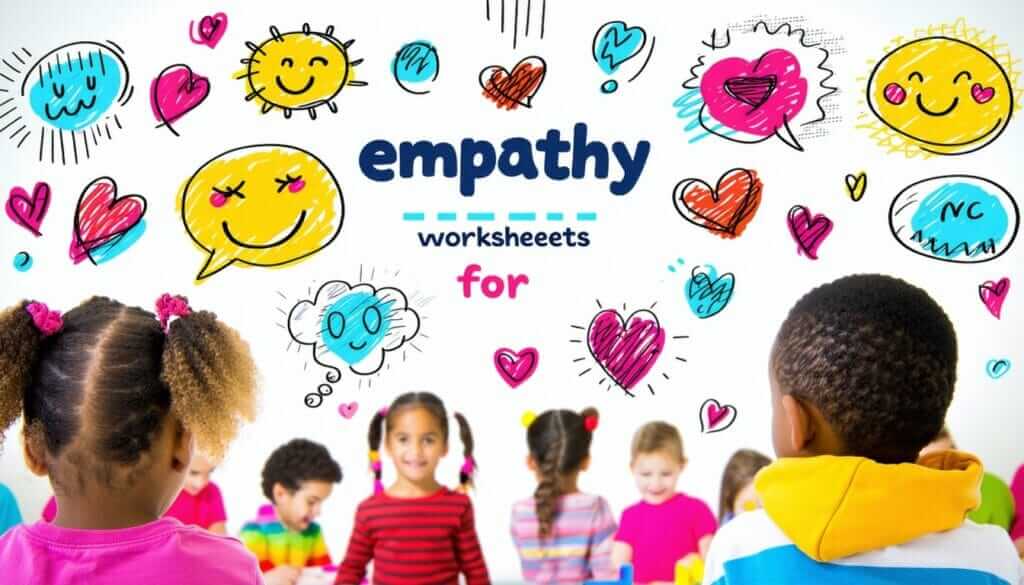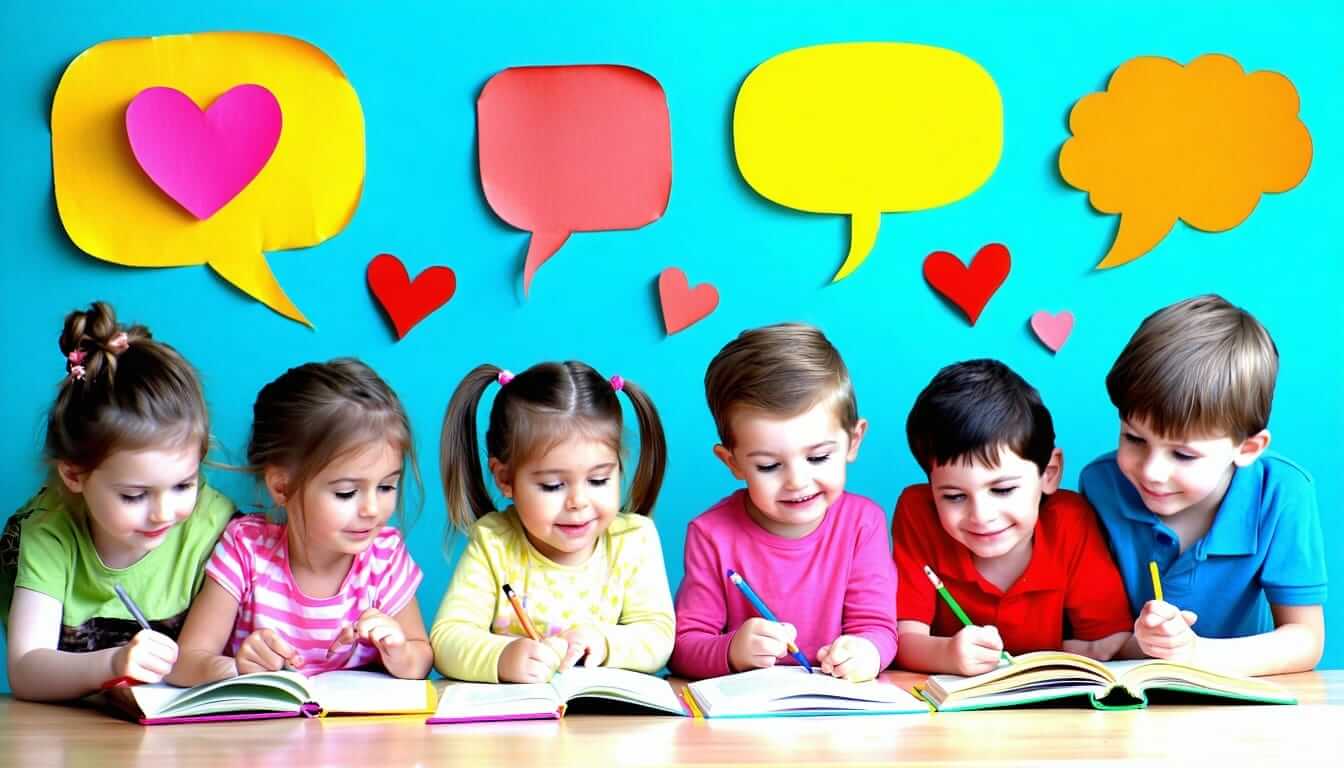Empathy worksheets for children provide a hands-on way to build emotional intelligence, nurturing respect and kindness. According to the Collaborative for Academic, Social, and Emotional Learning (CASEL), social-emotional programs that foster empathy support positive peer relationships. When kids aged 4 to 12 complete scenario-based prompts, they practice seeing the world through another person’s perspective. Good news, these activities are fun and easy to fit into your weekly routine.
Key Takeaway: Structured worksheets can strengthen your child’s ability to understand feelings, making respect for others a natural habit.
Introduce Empathy Worksheets
Starting with worksheets gives children a clear framework for exploring emotions. You can choose printables that match your child’s age, interests, and reading level.
Choose Age-Appropriate Printables
- Emotion Sorting Worksheet (ages 4–6) teaches kids to color or cut and paste pictures into groups by feelings
- Empathy Map Printables (ages 7–9) prompt children to fill in what a character sees, hears, thinks, and feels
- Role-Reversal Sheets (ages 10–12) ask kids to write how they would feel in someone else’s shoes
- Feelings Journal Pages (ages 6–12) provide daily prompts for noting emotions in different situations
Explore more interactive empathy activities for children if you want extra ideas or variety.
Guide Perspective Taking
Putting your child in another’s shoes helps them move beyond labels to real understanding. You can turn simple scenarios into powerful learning moments.
Role-Play Scenario Activity
- Read a brief story about a child facing a challenge
- Ask your child to describe how the character might feel, by drawing or writing
- Encourage them to act out a respectful response together
- Discuss which actions show kindness and why
For a playful twist, mix in empathy games for kids that challenge children to guess feelings from facial expressions or voice tones.
Encourage Feelings Journaling
Journaling invites reflection, a core part of emotional intelligence. When kids name their feelings, they tune into others more easily.
Use a Simple Feelings Chart
- Provide a chart that shows faces and feeling words for your child to choose from
- Have your child mark the emotion they felt at different times of the day
- Prompt a short sentence such as “When I saw my friend upset, I felt …”
- Pair journal entries with reading from children’s books about empathy to spark discussion
You’re already helping your child develop a key life skill by encouraging regular check-ins.
Track Empathy Growth
Monitoring progress shows kids that empathy is a skill you can improve, not just a trait you’re born with.
Set Clear Milestones
| Worksheet Type | Milestone | Frequency |
|---|---|---|
| Emotion Sorting | Label 5 emotions correctly | Weekly |
| Empathy Map | Complete all map sections correctly | Biweekly |
| Role-Reversal Scenarios | Propose 2 respectful responses | Monthly |
| Feelings Journal | Write entries 3 days per week | Ongoing |
You can align these milestones with your goals for teaching respect to children by celebrating progress at each step.
Quick Recap And Next Step
- Introduce age-appropriate worksheets for exploring emotions
- Guide perspective taking through role-play scenarios
- Encourage daily feelings journaling with simple charts
- Track growth with clear milestones and regular check-ins
Pick one worksheet to start this week, and watch as your child’s respect and emotional insight grow. You’re on the right track, empowering empathy takes time and practice.
Want to reinforce respect alongside empathy? Mastery Martial Arts Troy integrates respect development into every class. Try a free 2-week trial at www.KidsMartialArtsTroy.com and see how our programs can support your child’s leadership journey.




